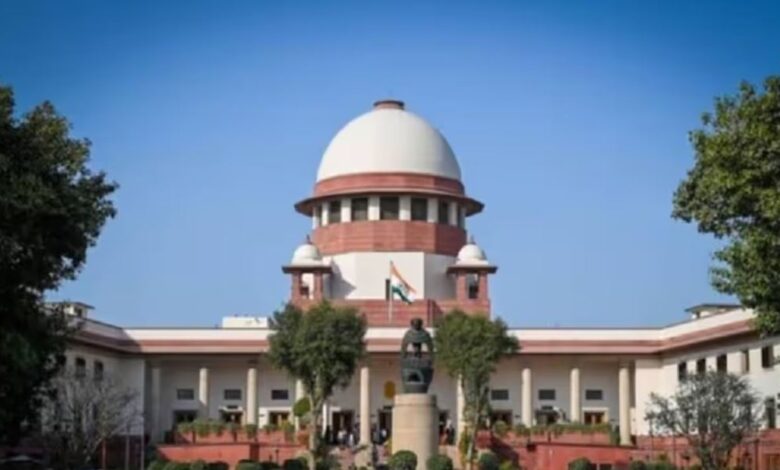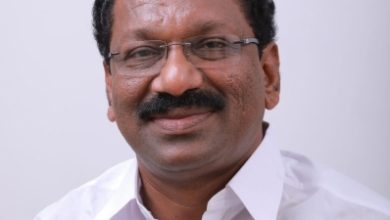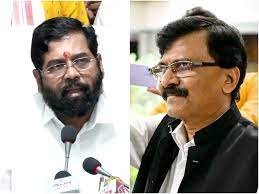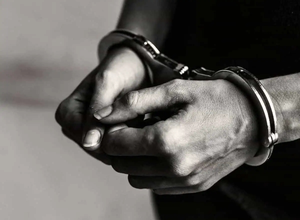Quota Under Quota; The States Can Do Sub-Classification In The Reservation of SC-ST: SC
SC has opened the door for identification and exclusion of the “creamy layer” in the SC and ST categories

New Delhi: After years the Supreme Court of India has finally removed a long-standing legal hurdle the Supreme Court has finally removed a long-standing legal obstacle to polishing the existing policies of social justice. On Thursday a bench of seven judges of the Supreme Court gave an important decision. After this decision, the states can do sub-classification in the reservation of Scheduled Castes and Tribes on the basis of data.
This means that if a state has 15% reservation for scheduled castes, then within that 15%, they can decide reservation for some scheduled castes. The apex court said that all scheduled castes and tribes are not the same class. Some may be more backward than others. Therefore, for their upliftment, the state government can keep separate reservations by doing sub-classification. SC has opened the door for identification and exclusion of the “creamy layer” in the SC and ST categories
Six judges of the bench said that reservation can also be given to sub-categories in Scheduled Castes and Scheduled Tribes. Only Justice Bela Trivedi disagreed with this opinion. Seven judges wrote six separate opinions. Experts believe that this is a major decision in the reservation sector, which will have many political implications.
What was the case?
In 1975, the Punjab government had reserved 25% of the Scheduled Caste job and college reservations for Valmiki and Mazhabi Sikh castes. This was struck down by the High Court in 2006. The basis for the strike was a 2004 Supreme Court decision, which said that sub-categories of Scheduled Castes cannot be created. The Supreme Court had also said that the states do not have the right to do this, because the list of Scheduled Castes is prepared by the President.
For this reason, the Punjab government made a new law, which stated that these two castes would be given priority in half of the reservation for Scheduled Castes. This law was also rejected by the High Court. The matter reached a seven-judge bench of the Supreme Court. However, on 1st August the decision overturned the 2004 Supreme Court’s decision.
Chief Justice DY Chandrachud said in his and Justice Manoj Mishra’s decision that Scheduled Castes are not a homogenous class. He wrote that some castes, such as those who clean sewers, are more backward than others, such as those who work as weavers, although both come under Scheduled Caste and struggle with the social stigmas and untouchability.
Applicable in which sector?
Importantly he also said that the decision on sub-classification will be based on data and not for political gain. Governments will have to show whether a caste is not adequately represented in the work of the government due to backwardness. Judicial review can also be applied to sub-classification. Clearly it is applicable for govt jobs, not for education or politics.
Impact on Odisha
The impact of this decision will surely reflect on politics. Those who are creating a false political agenda on Dalit votes will face a great loss. Because according to the apex court’s decision this will clearly not be applicable in politics. As per the census 2011 both ST & SC constitute 39.98% of the total population of (ST: 22.85% and SC 17.13%). There are 62 Scheduled Tribe communities including 13 Primitive Tribal Groups (PTGs) and 93 Scheduled Castes communities in the State.
According to India Employment Report-2024, a few months ago by the International Labour Organisation (ILO) and Institute of Human Development (IHD), unemployment in Odisha is highest among all. This will help those backward categories of castes stated by the Highest Court of India by providing a placement in various dept of Odisha govt. And could bring them into the limelight.






